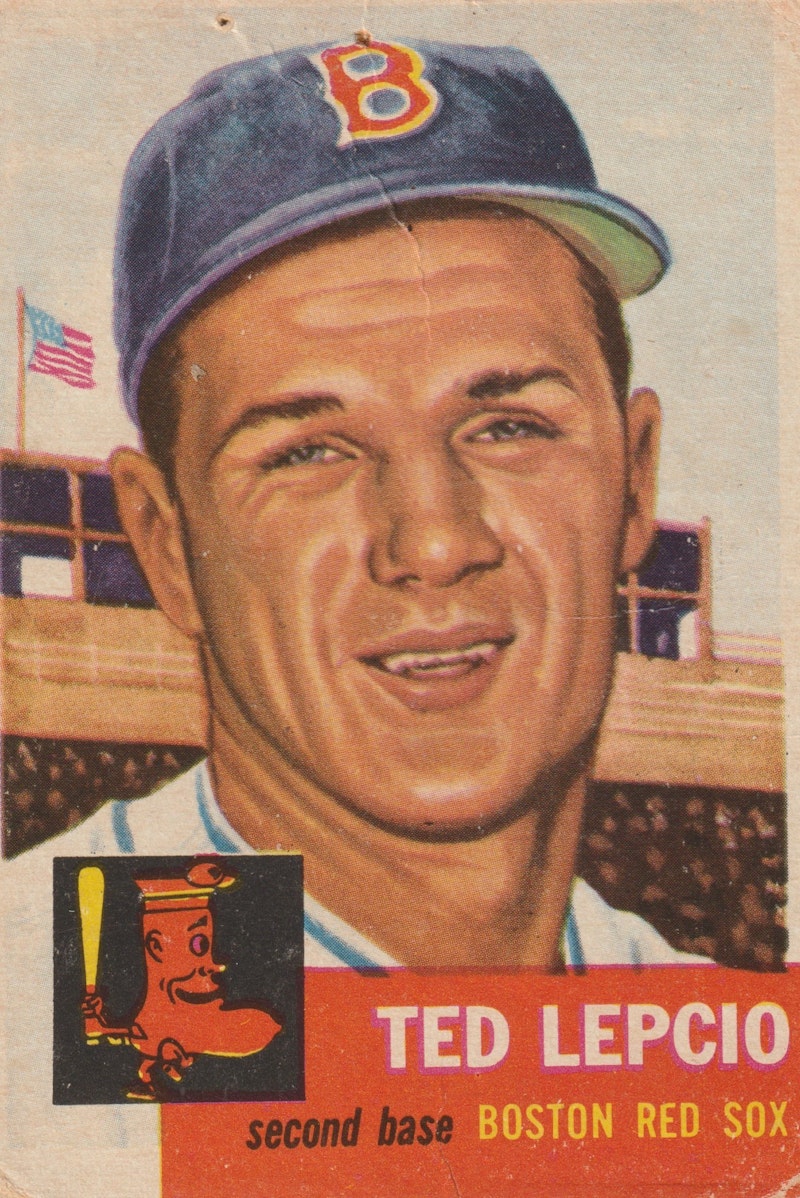I’m a Red Sox fan but haven’t thrown in the towel on the 2024 season even as Boston’s principal owner John Henry has confounded not only Sox diehards but the industry at large with his tight wallet, making few improvements to last season’s miserable showing—why the visibly bored manager Alex Cora was retained is beyond me—and coming to Opening Day on March 28th with a payroll well below the luxury tax level. I wrote about this a month ago, hoping the Sox might get creative in the midst of spring training, but Solly Cholly, I’m stuck with another cellar-dwelling club. Not only were there no additions, but pricey (for born-again Scrooge Henry) free agent acquisition Lucas Giolito, won’t be on the mound in 2024 it was reported on Tuesday.
Since I’m resigned to the Sox maybe winning 70 games, there’s little stress, and I’ll watch the games and see how the core of younger players perform. The bigger news in MLB so far is the “see-through” new uniforms designed by Nike, and produced by Fanatics, that has baseball purists in a snit. I don’t like the smaller letters of players’ names on the back of their jerseys—not applicable to the Yankees, whose “class,” always a ridiculous conceit, eschew names (and beards)—because they’re hard to see, but as for the pants, I’ll leave that to the secret voyeurs. I’ve seen the “offending” pictures, and there’s not much to it: some say the athletes’ “junk” (a still-stupid euphemism for dick and balls) is exposed, which strikes me as odd since they all wear protective gear for that part of the body. Some players have complained that the new “sheer” pants makes it look they’re wearing diapers. I’ll get a chuckle when a “color” commentary refers to an overweight first baseman as Baby Huey.
Anyway, I’d guess the bigger fuck-up on the MLB side is merchandising, since sales of t-shirts and $175 jerseys is bound to plummet with smaller letters. Not my concern, and I’ll reiterate that it’s always struck me as weird that any fan over the age of 16 would wear such paraphernalia. A cap’s sufficient in my book, but if other fans want to go the “beach-read” route, and look foolish, that’s America, a country where the Supreme Court can issue an unanimous ruling that Colorado can’t strike Trump’s name off the state’s ballot, and an intelligent man like David French, now a Democratic pawn so consumed with hatred for Trump that he was hired by The New York Times, says that part of The Constitution is “essentially a dead letter.
The Wall Street Journal’s Jason Gay—one of the few remaining sportswriters who has a wide berth, producing stories that are entertaining and smart—had a bit of fun with the issue a few weeks ago. He wrote, after quoting a WSJ story about one player’s “nether regions” exposed on Team Photo Day: “Enough was enough, I thought upon reading that. MLB was pushing its modernization campaign too far. Desperate to enliven a staid game and pull more youngs [there for the betting, I’d interject] into its aging audience, they’d unveiled gimmicks like a pitch clock, chonky bases, and the extra-innings ghost runner. Now they were windmilling an arm at third base, sending the once-puritanized national pastime straight into Cinemax After Dark.
I like the pitch clock, which has shortened games, hate the ghost-runner and bigger bases. But the game evolves, so no complaints here. Just one question for Gay: when was the “national pastime” puritanical? I thought Jim Bouton’s eye-opening, and hilarious, book Ball Four (1970), which detailed drug use in baseball (amphetamines), Mickey Mantle’s heavy drinking, common womanizing, “beaver shooting” from hotels, and, not incidentally, his love of the game. Role model Pete Rose (who, despite his shitty character and gambling addiction, should be in the Hall of Fame), would yell at the fading Bouton when he was on the mound: “Fuck you, Shakespeare.” Ball Four is still, 54 years after publication, an essential baseball book, especially for teens who read and follow sports.
The accompanying baseball card is from an era when players wore baggy flannel pants, men wore hats of all kinds at games, and MLB integration was in its infancy. Ted Lepcio was an also-ran infielder who played for five teams and was a friend of baseball legend Jimmy Piersall. The card was plucked from a box of Topps numbers that my four brothers and I collected for more than 20 years.
Take a look at the clues to figure out Ted’s year: CIA’s Sidney Gottlieb approves exploratory use of LSD; a tornado kills 114 in Waco, TX; CinemaScope and wide-screen cinematography succeed with The Robe; the second Kinsey Report is issued; Yankees win 16th World Series championship; George Stevens' Shane is released after a prolonged production process; Rocky Marciano retains his World Heavyweight title; Swanson introduces the first TV Dinner; Mary Steenburgen is born and Dooley Wilson dies; William Inge wins the Drama Pulitzer; TV Guide begins publication; James Baldwin’s Go Tell It on the Mountain and William S. Burroughs’ Junky are published; and “Vaya Con Dios” by Les Paul and Mary Ford is #2 on year-end Billboard charts.
—Follow Russ Smith on Twitter: @MUGGER2023

